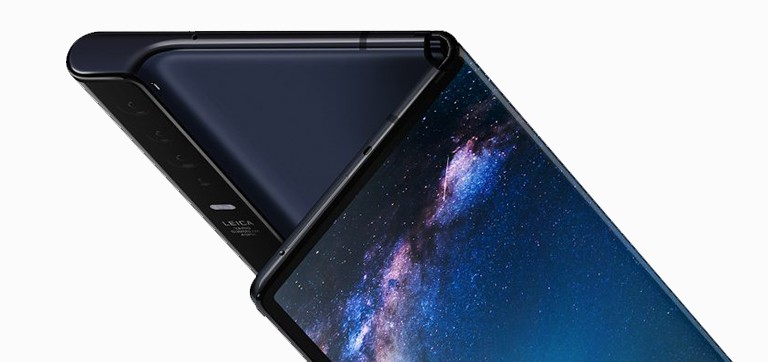
How do foldable phones work?
Foldable phones are going to play a huge role in the future. At this early juncture, it’s difficult to say if they will last decades or if they will fade away in time. What we do know is that foldable smartphones have a lot of potential, which we have discussed in the past. Bringing these smartphones to the market has not been easy, for there have been (and still are) many challenges to tackle. What are these challenges? To answer that question, we need to look at how foldable phones to work.
How do foldable screens work?
To understand why it took so long for foldable smartphones to work, we need to better understand how the screen works. The latest smartphones, like the iPhone XS MAX, are built with an organic light-emitting diode (OLED) screen – an OLED screen that works via the placement of a thin organic film between two electrodes. Electricity is conducted from the nodes through the organic diode to turn the pixels on and off. OLEDs are superior to LED screens because they offer better contrast, more battery life and thinner phones. Most importantly, they pave the way for flexible displays that can be bent.
OLEDs can be flexible because they require fewer layers than their LED counterparts and screens can be made from different materials. Different materials include bendable polymers, flexible glass and plastic. Products like curved TVs are made from OLED screens. Furthermore, manufacturers like Samsung reduce the number of layers even more by using Y-OCTA technology, which embeds the touch sensor directly into the display. Some scientists believe that a special polymer called kirigami is being used to make foldable phones.
Most smartphones can be bent to about 6% without losing electrical conductivity. But with kirigami, displays can be bent to about 2000%, before losing electrical conductivity. Therefore, a transparent display is not the most testing part of a foldable smartphone. So, why is it so difficult to find foldable phones?
The challenge of bringing foldable smartphones to reality
The main challenge of manufacturing foldable smartphones is not making the screen. It’s everything else that makes up the smartphone. For example, batteries are made out of lithium ion material, but if lithium is bent repeatedly, it will catch fire. Also, the material used to make screens transparent is indium tin oxide (ITO), but If ITO bends too many times, it will lose performance. Thus, the materials need to be replaced with a more bendable electrode and flexible batteries.
Smartphone manufacturers have to use entirely different materials because most metals and plastics cannot be bent. There is also the design issue of using OLED screens. The organic component suffers due to humidity and can suffer burn-in over time. There is also the issue of leaving out components that protect the smartphone. Gorilla Glass, an important component for protecting the screen and phone from damage is not a flexible material, and thus cannot be used in foldable smartphones. Thus, raising the concern that smartphones with plastic displays can be damaged. Therefore, manufacturers would need to devise new ways to protect the screen.
Finally, there is the software to consider. Users will use their foldable phones differently compared to conventional smartphones. For example, you might be watching a video when you decide that you want a bigger and better experience by unfolding the smartphone. The video should seamlessly transfer to a larger screen. However, the video app needs to be optimised for this function. Samsung claims that its bendable devices can run as many as three apps on one screen. However, apps need to be designed with this functionality in mind, which could take time.
Key takeaways
Foldable smartphones work thanks to organic semiconductors, like OLED technology. However, despite this design innovation, manufacturers have to overcome several challenges to make bendable phones a reality. Batteries, circuitry and casing, all have to be rethought. Yet smartphone manufacturers are slowly overcoming these issues. For example, Samsung has gotten certification for ‘unbreakable’ screens that will no doubt be used in future generations of flexible smartphones. Meanwhile, scientists have also discovered a new type of flexible battery that is more suitable for foldable phones.
Want to learn more about smartphones and tech? Check out the our blog.


